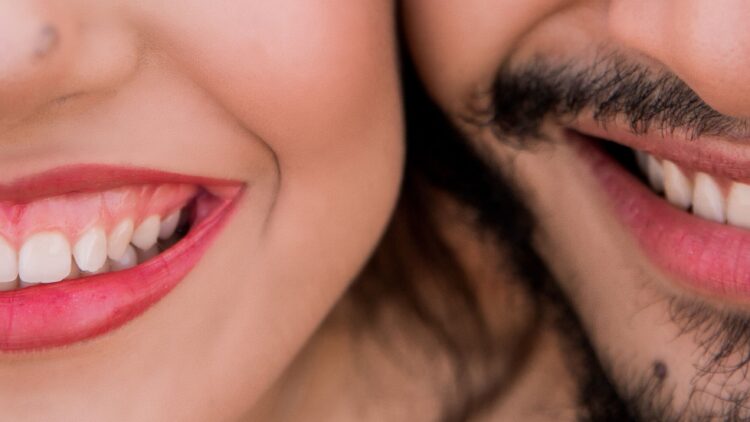Why do we humans have sharp front teeth?
These chompers, known as canines, are pretty common throughout the animal kingdom. Human canines have actually evolved to grow shorter over time, and this change is key to understanding why we have these teeth in the first place.
It’s for ripping meat, right?

If you had to eat a steak with no utensils, you could do a pretty good job of ripping it up into manageable pieces using those pointy canine teeths. But, contrary to popular belief, ripping into meat isn’t the reason we have those teeth. A video from Insider gives some fascinating insights.
Let’s look to some of our closest living relatives.

Primates like chimps and gorillas share much of the same DNA with us, and have many of the same features. Gorillas have extremely pronounced canines, much larger than those found in humans. What’s more, male gorillas have canines that are about twice as long as female gorillas.
Our teeth have changed over time.

While the difference might not be obvious, modern human males have canines that are 10 percent longer on average than human females. But early humans had much larger canines, meaning that modern homo sapiens have seen these teeth shrink over eons.
It all comes down to mating.

As you may have guessed by this point, the fact that males have larger canines than females has to do with finding a mate. Gorillas may fight for a mate using their teeth, while (most) humans evolved out of this a long time ago. This explains why our canines have gotten smaller.
There’s a lot of meaning behind teeth.

Modern humans have adopted a toothy smile as a friendly greeting. But if you look at non-human primates, bared teeth are typically a sign of aggression. If a chimp shows you its teeth, it isn’t smiling at you — it’s trying to intimidate you.
Good teeth still might make you more attractive to potential mates.

Most of us are at least somewhat attracted to a nice smile. But this generally has more to do with aesthetics, since most people aren’t specifically attracted to big, intimidating canine teeth.
So why did our canines get smaller?

It could be argued that as we developed language and culture and became more civilized, fighting for mates went by the wayside. But it’s also possible that as humans became more sedentary, babies became more defenseless, which meant that male humans had to dedicate more time to childcare than finding a mate.
Are our canines good for anything?

They’re not useless, exactly, but unless you’re planning on getting into a particularly bitey fight or trying to appeal to someone who’s really into sharp teeth, your canines are basically vestigial, a relic from another time.
We’re just a bunch of small-toothed apes.

Human canines will continue to evolve , growing smaller and smaller as time passes. The fact that they were once bigger — and are now not particularly useful — is a fascinating insight into our history.
h/t: Insider
















































